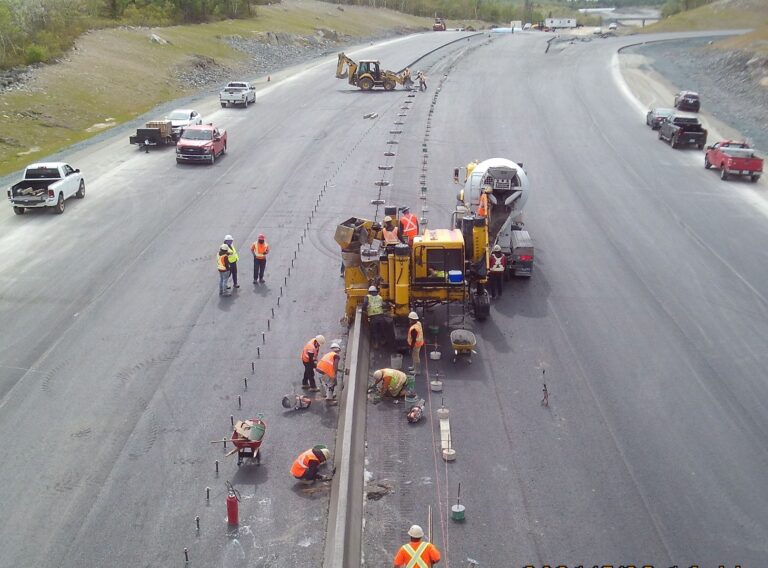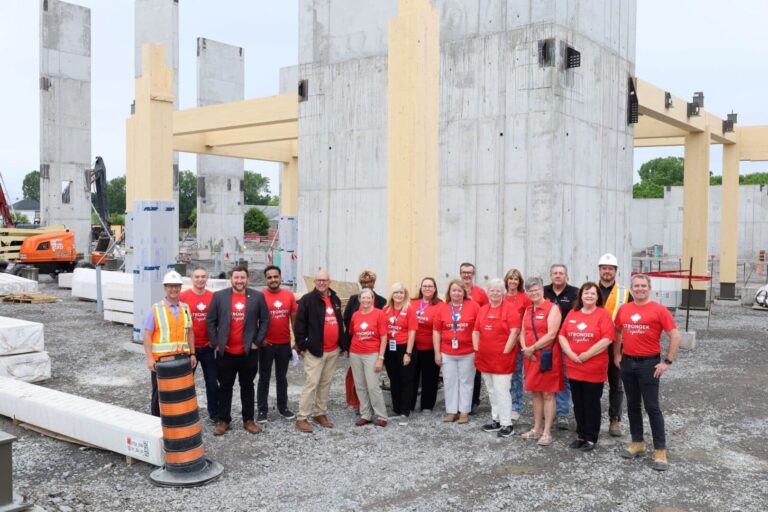As the human and economic costs of climate disasters continue to mount, Canada faces a choice. It can continue to respond to disasters as they unfold — with the attendant economic, social, and health harms — or it can proactively prepare for them, mitigating the worst of the damages or avoiding them altogether. According to a new expert panel report from the Council of Canadian Academies (CCA), bridging disaster risk reduction and climate change adaptation practices is crucial to reducing exposure and vulnerability to disasters and bolstering public safety in a changing climate.
Canada is susceptible to a wide range of severe weather events, from extremes of hot and cold, to tornadoes, floods, droughts, avalanches, landslides, winter storms, ice storms, and wildfires. In a changing climate, these events are becoming more common and severe, and they are increasingly likely to strike at the same time and place, exacerbating and compounding the hazardous consequences.
“The tragic and damaging impacts of cascading hazards are becoming increasingly apparent, as we saw in BC, where record-breaking rainfall triggered landslides in areas where vegetation had been destroyed by wildfires just months earlier,” said Scott Vaughan, chair of the Expert Panel. “But outcomes like this are not inevitable ― they are the result of choices that put people in harm’s way. There are practical measures that can be implemented to help mitigate the most damaging effects of extreme weather events.”
The cost of preventing and preparing for disasters is several times less than responding to and recovering from them. However, most governments persistently underinvest in risk reduction and later pay the price in terms of disaster response and recovery.
According to the Expert Panel, decision makers need prompt access to better data on extreme weather events to understand and reduce risks. Funding, investment, and insurance programs and policies can also be adapted to build resilience. For example, actions could include dissuading homeowners from building or rebuilding on floodplains, lowering insurance premiums for households with backwater flood valves, and improving building codes and engineering practices to climate-proof buildings and infrastructure. Recognizing the value of Indigenous and Local Knowledge and actively engaging with Indigenous knowledge holders is also critical in the effective reduction of risk.
“Building disaster resilience hinges on a coordinated strategic approach involving government, businesses, and the public,” said Eric M. Meslin, PhD, FRSC, FCAHS, president and CEO of the CCA. “This report describes the tools and resources critical to supporting integrated responses, which can be more impactful, stretching limited resources further.”
Public Safety Canada asked the CCA to examine key opportunities to improve disaster resilience in Canada through better integration of disaster risk reduction and climate change adaptation research and practice.
Building a Resilient Canada identifies choices that households, communities, businesses, and governments can make to reduce the impacts of extreme weather on Canada’s people, communities, and economy in a changing climate. The report details the resources, funding programs, investment options, insurance offerings, and governance structures that can support effective decision-making and a more resilient Canada.
Featured image: (CCA)











